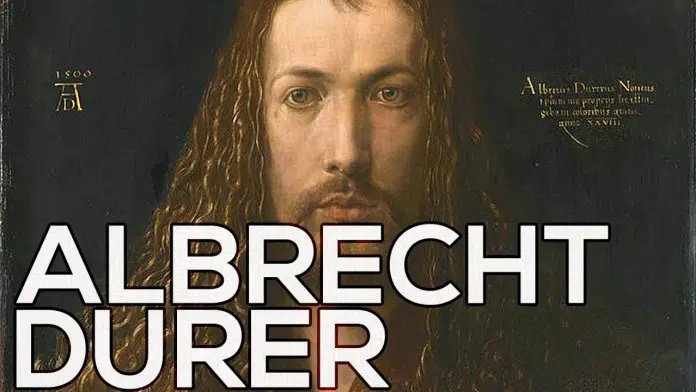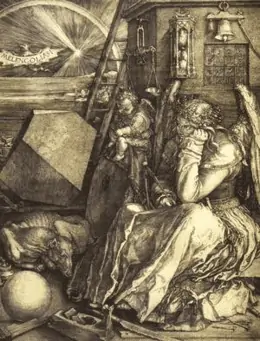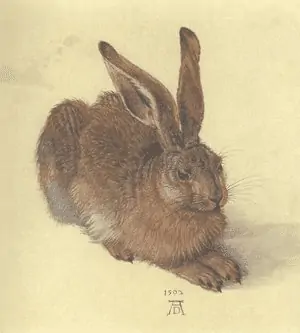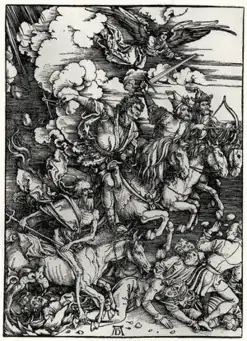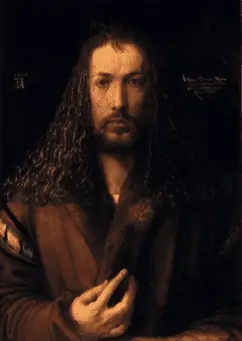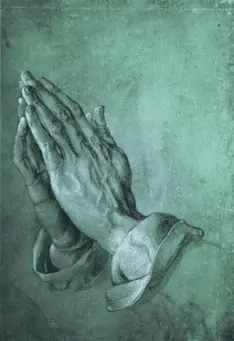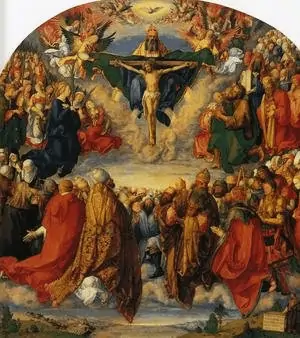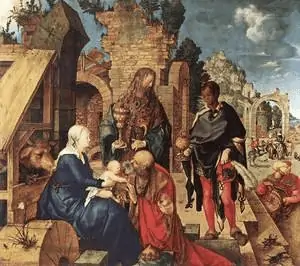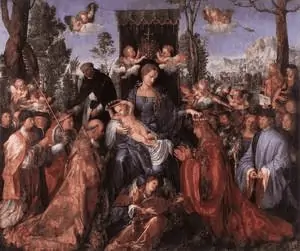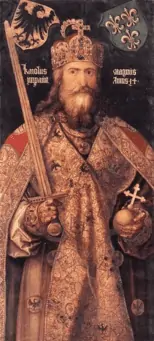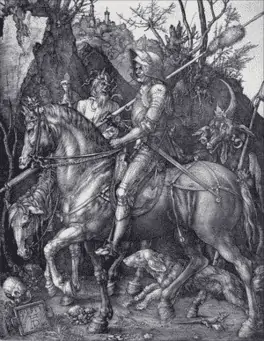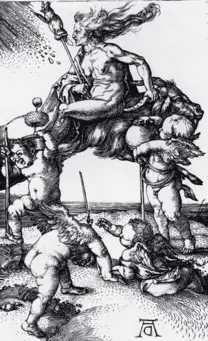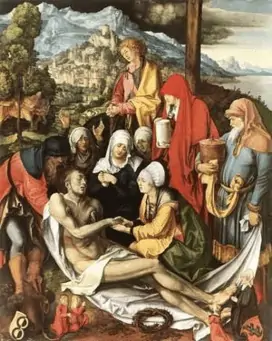Known as one of the great artists of the German Renaissance, Albrecht Durer displayed artistic talent at a young age. His career gained him great fame across Europe, and he was known to be in correspondence with other great Renaissance artists Raphael and Leonardo da Vinci. Each Durer painting is a work of art, showing that anyone interested in him should see each of his essential works.
1. Melancholy I, 1514
This 1514 engraving depicts a female figure thought to be the personification of melancholy. The figure is surrounded by objects relating to a number of fields including alchemy, geometry, and scientific testing. The work is seen to be a metaphor for creative thought, especially during the age of rationalism.
2. Young Hare I, 1502
Durer’s Young Hare is considered by many to be a masterpiece of observational painting in watercolor. The work depicts a mature hare in great detail against a blank background. The contrast against the background helps to accentuate the detail in the hare, giving it a deeply realistic quality.
3. Four Horsemen of the Apocalypse, ca. 1492
Four Horsemen of the Apocalypse is the most famous engraving from Durer’s fifteen part series on the apocalypse. The four horsemen can be seen riding into the scene on horseback, crushing the townsfolk that stand in their way.
4. Self Portrait, 1500
Durer’s self-portrait from 1500 is the final of the three self-portraits he painted during his life. Completed shortly before his twenty-ninth birthday, this work is notable for its resemblance to religious portraits of the time. The composition puts Durer in a position similar to those that Christ was portrayed at the time by many artists.
5. Hands I, 1508
Also known as Study of the Hands of an Apostle, this pen and ink drawing depicts two hands clasped in prayer. The drawing is a study of an apostle whose likeness was intended to be painted in the center panel of the Heller Altarpiece.
6. Adoration of the Trinity, 1511
This oil on panel work depicts the crucifixion of Christ surrounded by a number of biblical figures. God the Father is shown holding the crucifix from behind Christ, as heavenly creatures, saints, apostles, and others are seen watching in awe.
7. Adoration of the Magi, 1504
Durer’s Adoration of the Magi is an oil on panel painting that depicts the Three Wise Men who brought gifts to celebrate the birth of Christ. The kings can be seen standing around the Virgin, who holds the newborn Christ. It is interesting to note that Durer used his likeness in his imagination of the middle King.
8. Great Piece of Turf, 1503
Another observational piece, this watercolor painting is considered one of Durer’s masterpieces. The work focuses on a section of vegetation that extends out in The vegetation in the piece is captured with a high degree of realism, a fact which has caused the work to be artistically relevant even five centuries later.
9. Feast of the Rose Garlands, 1506
This oil painting depicts the Virgin holding the newborn Christ as a number of biblical figures surround them. The work has been described as one of the most well-crafted paintings from the German Renaissance and is now housed in the National Gallery in Prague, Czech Republic.
10. Emperor Charlemagne, 1512
This 1502 work depicts an imaginary portrait of King Charles I, who ruled much of medieval Europe during the sixth century. Charlemagne is shown in a red gown and gold stole, similar to garments he actually wore during his life.
11. The Knight Death and the Devil, 1513
This engraving depicts a knight on horseback riding through a wooded area as he is flanked by a goat-headed devil and the personification of death. A castle can be seen on a hill behind the figures, a symbol of those who must be protected from suffering.
12. Witch Riding Backwards on a Goat, 1500
This engraving is one of multiple focusing on witches and other occult themes. The work portrays a witch atop a goat surrounded by four winged creatures. Like Durer’s other engravings, this work has immense detail that can be seen both in the goat’s fur and the witch’s hair.
13. Lamentation for Christ, 1500
This oil painting depicts a number of biblical figures surrounding Christ’s body after the crucifixion. Those depicted include Mary Magdalene, St. John the Evangelist, and the Virgin. The donor who commissioned the painted is actually featured within the work, along with his three sons and late wife.
Conclusion
Often overlooked, the German Renaissance gave rise to some of the most iconic works of the middle ages. As one of the most prolific artists of the era, Albrecht Durer became a major figure in both German and art history. His work continues to amaze and fascinate viewers, proving that his place in art history is solidified.


